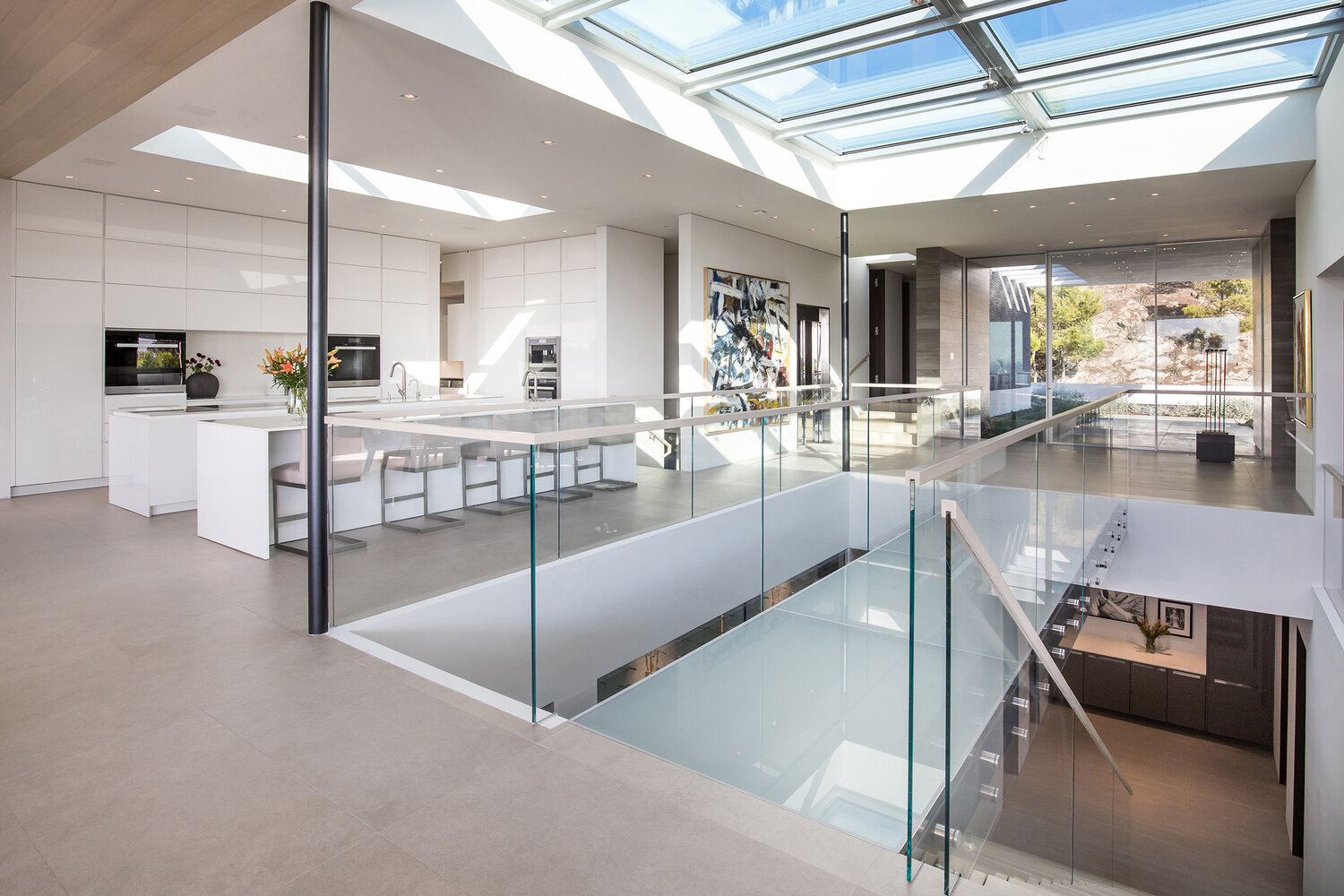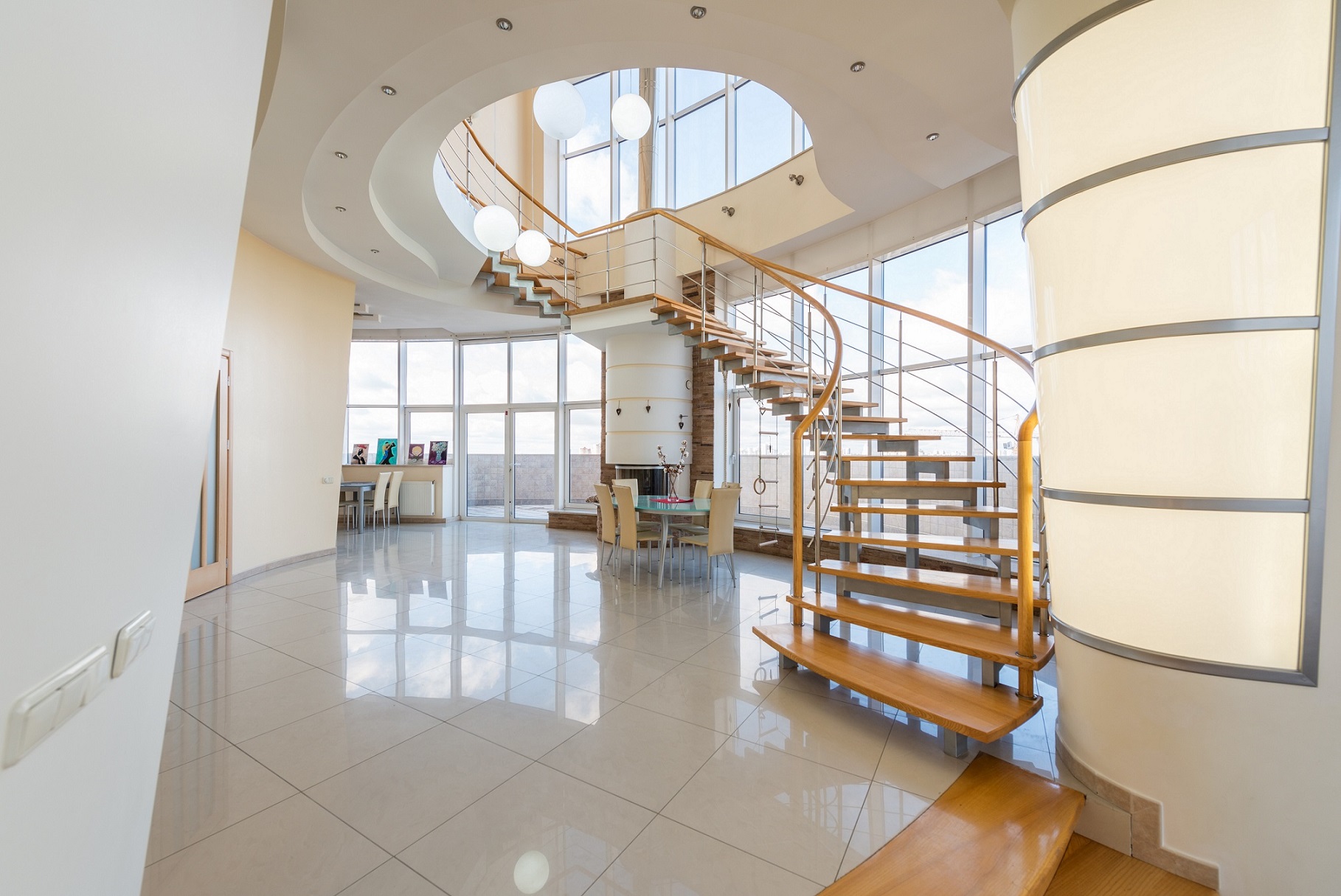Our home is often the foundation of our future aspirations, the treasury of fond memories. It is the ultimate address of peace and togetherness and in many ways an integral part of our identity. Every brick, every brushstroke must be aligned to bring out the best results. However, as they say, a lot is left to luck. Sometimes, despite our best efforts, things do go awry. This is when ancient wisdom comes to our rescue. According to Hindu mythology, Vaastu shastra is the science of architecture that aligns the practical aspects of house construction to the metaphysical aspects. To secure our houses and our futures, if it means going an extra mile to check with the Vaastu of the house is ideal or not, there shouldn’t be any harm in it.
What is Vaastu? Why should we follow it?
Vaastu Shastra or the Hindu cosmic science of architecture may be traced back to the days of ArthVeda which symbolized ancient knowledge about the art of construction of houses, buildings, cities, temples etc. It includes principles of design that incorporate the elements of architecture with the natural elements of space and form in an ideal blend. Believers of Hindu mythology often subscribe to a line of thought which states that every event in our line is preordained and is the culmination of the alignment of the five elements of the universe; fire, earth, water, air and the sky. When it comes to auspices related to home construction, one needs the ideal alignment of all the elements to ensure the well-being of the house and its residents. Vaastu Shastra embodies the principles and layouts which can help the homeowners achieve the desired alignment.
Accordingly, there are different attitudes towards Vaastu Shastra. While some believe that Vaastu is steeped in ancient scientific knowledge, others have deemed it archaic and superstitious.
One often questions the necessity of Vastu shastra? Whether there is enough evidence of it bringing prosperity and protection to the lives of the inhabitants of a particular house. Each corner of a house is believed to be dominated by each of the five elements of the universe. Vedic literature attests that the right balance between these elements are necessary to ensure peace and prosperity prevails. Vastu principles provide guidelines about facilitating the perfect balance between these elements by adapting the designs and layouts to these principles. Given that it blends aesthetic elements as well, there is no harm in including the principles to make your homes Vastu insured. Of course, a word of caution here. Only authentic and trusted vastu principles must be followed to reap the benefits and at no points should the practical needs and expectations from your house be compromised just to accommodate the Vastu guidelines.
House design according to Vaastu Shastra
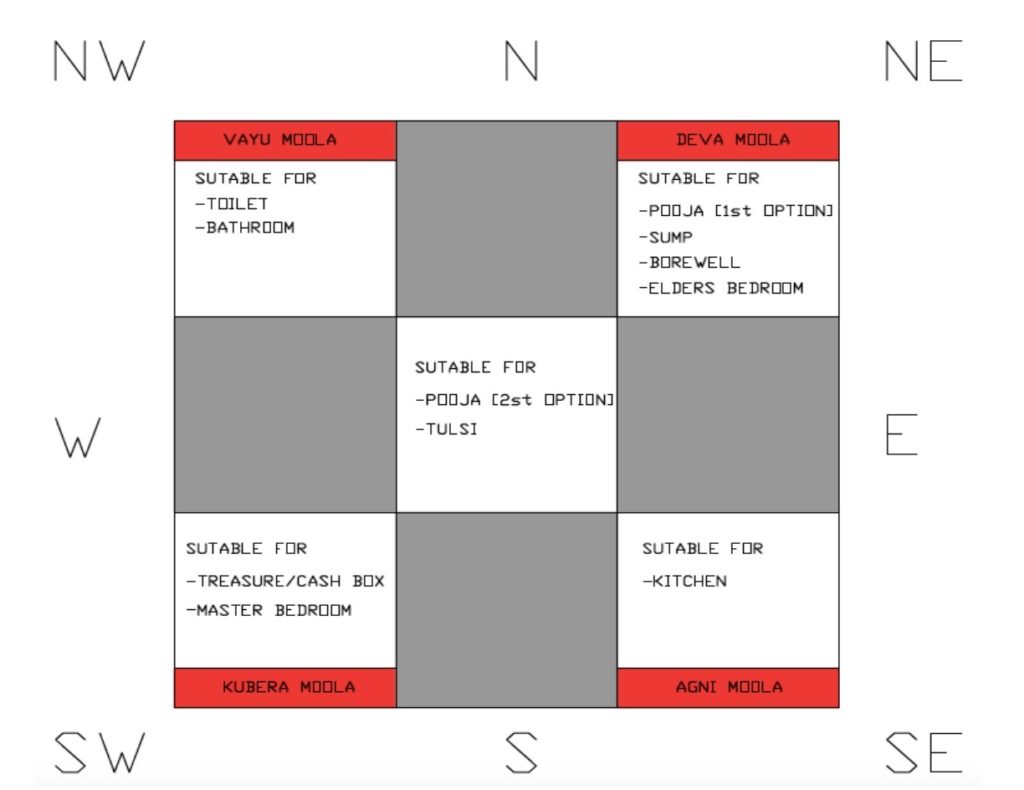
Vaastu Direction Guide
Vastu prescribed underlying guidelines for home constructions, there are specific rules that one may bear in mind while incorporating Vastu principles in their home constructions.
The first precept is the very entrance of the house. Ideally, the entrance of the house should be east facing. This is in keeping with the fact that the sun rises in the East. The Sun is perceived as the purest form of positive energy and enlightenment. As a result, if the entrance is east facing, then it paves the way for such beneficial energy into the house. It is advisable that even if the door is built in any other direction, one must construct a window or a balcony in the east to ensure there is some flow of that enriching solar energy into your house.
According to the Vastu principles, water is the element that ushers in wealth and prosperity. Hence, it is a good idea to have a source of water in your plot. It might be a good idea to have a small water reserve or a bore well installed in the northeast direction of your plot before commencing with the construction. Going further, all water elements like washrooms, RO filters, pools et al must be constructed in the northern side of the house for persisting good fortune.
It is advisable to have the staircase built towards the south, west, southwest side of the house so that the room at the head of the staircase is not aligned towards the northeast side. This is crucial to ensure health and peace in the domestic lives of the occupants.
Going back to the principle of optimizing the positive energy from the sun, Vastu recommends the cooking tops to be facing the east direction hence, the kitchen set up should be placed along the south east corner.
Unique design ideas do astonish us but sometimes, it is best to stick to the basics. Let’s take the example of the rooms. We often don’t pay much attention to the shape of the room but it can influence vital aspects of your life. Vastu prescribes that a square is the most preferable shape of a room since it symbolizes harmony and balance. Even rectangular rooms for that matter are approved by Vastu principles as long as symmetry is maintained. Several modern buildings don irregular shapes of rooms. These might stand out in the aesthetic sense but are deemed to be a recipe for domestic discord and ill health in Vastu.
Let us now observe the ideal floor plans for differently positioned houses, according to the principles of vastu shastra.
Vastu house/floor plans a north-facing plot

Typical of all vastu directives, the main entrance of a north-facing house should be unobstructed and facing the East. The bedrooms must be designed on the southwest or northwest corners of the house. While the kitchen must be planned on the eastern side of the house, preferably towards the southeast, the washrooms must be towards the western side of the house. Another Vastu tip for north-facing houses would be to include an odd number of steps for its staircase.
Vastu house/floor plans an east-facing plot
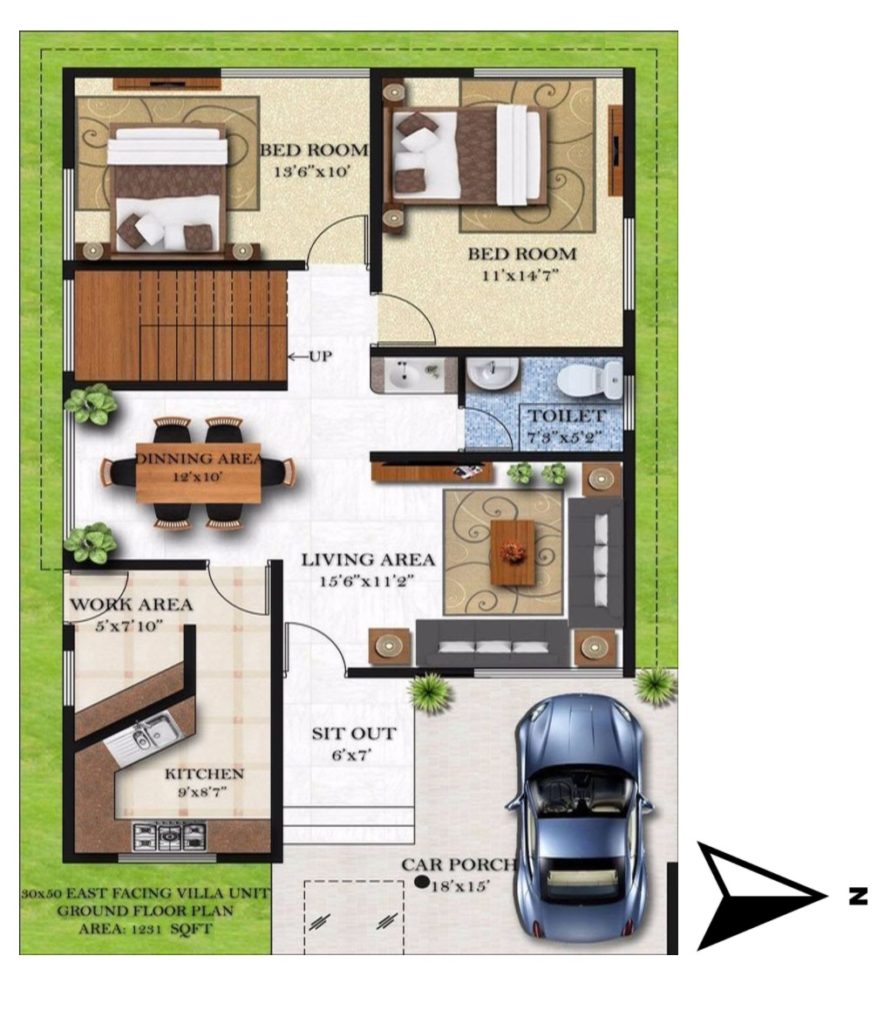
If your main entrance faces the east, then your house would be deemed an east-facing house. While many believe that east-oriented houses are the most auspicious ones, what vastu truly prescribes is that it is the placement of rooms and other utilities that really makes all the difference. The northeast corner in an east-facing house should be the least used corner. Vastu shastra discourages one from placing the bedroom and washrooms in the toilets and it is strictly prohibited to place the kitchen on this side. Instead, northeast corners can be used as a library or a living space and northwest corners must be used as bedrooms.
Vastu house/floor plans a west-facing plot
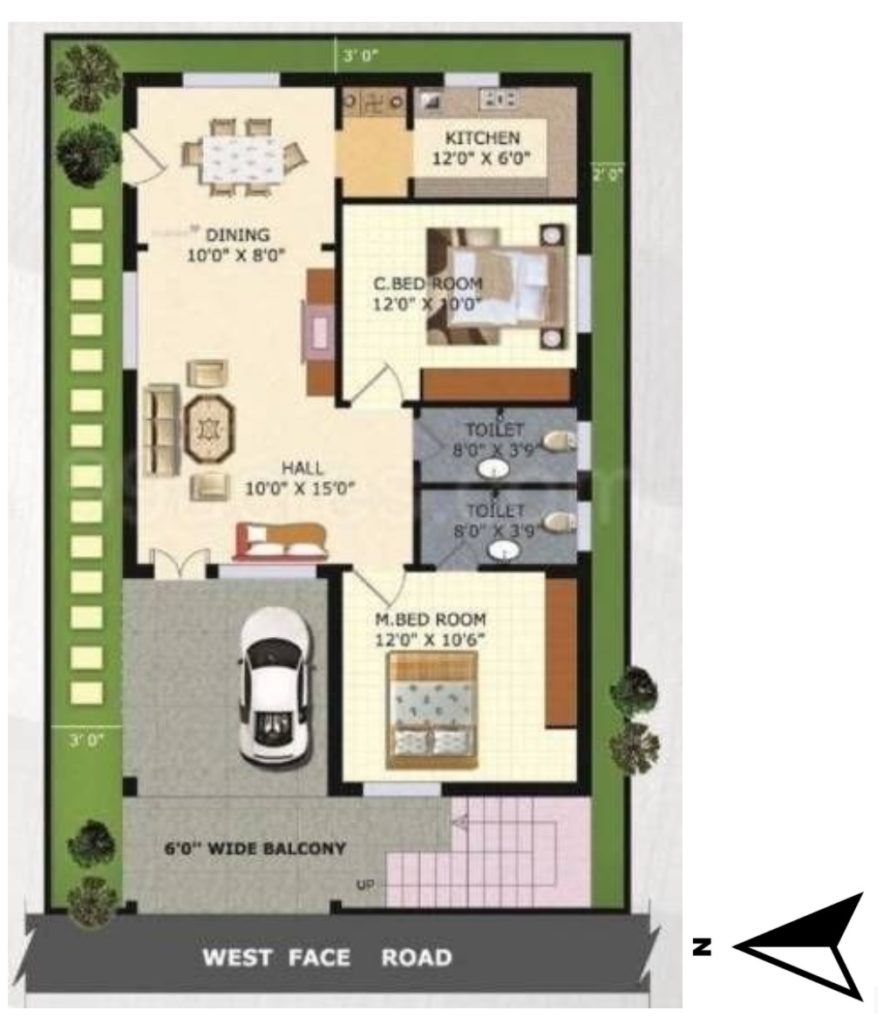
The main advisory for a west-facing house is that while the entrance door should be on the southwest corner of the house. Further unlike a north or an east-facing house, the kitchen should not be located on the southwest side. Instead, the ideal placement for a kitchen in a west-facing plot should be the northwest or the southeast corners. Southwest corner in this case is best suited for the bedrooms. In case, the house is multi-storeyed, it might be a good idea to locate the master bedrooms on the top floors.
Vastu house/floor plans a south-facing plot
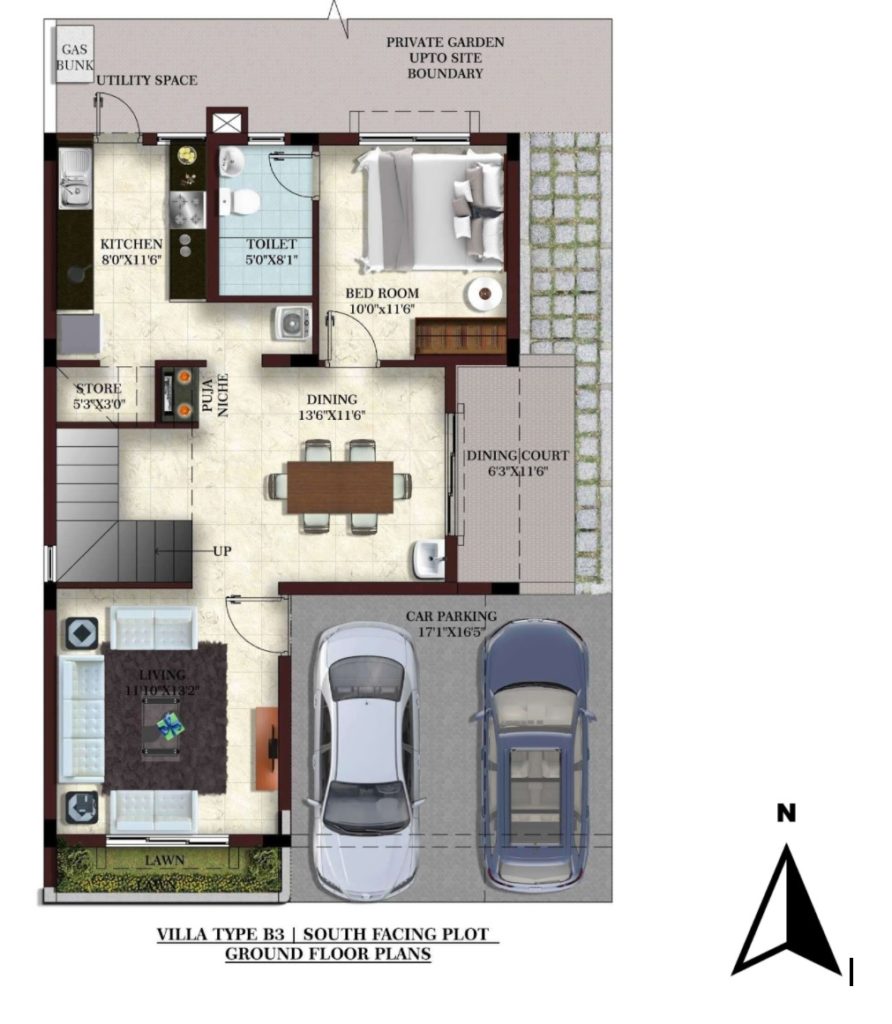
South-facing houses have a tricky position in Vastu because vastu leverages north and east facing houses over the rest. However, with the right orientation and arrangement of the rooms, a south-facing house can also prove to be a hub of prosperity and peace. Here, the kitchen must mandatorily be situated in the southeast corner of the house whereas the bedroom should be in the southwest. Further, incorporated greens and foliage in the decor can reap benefits. It is ideal to grow a little garden or keep potted plants on the northeastern side of the plot or the house.
At 100Pillars Constructions, we consider Vastu shastra which has a whole treasure trove of guidelines for home construction that covers every aspect of the design and decor.


